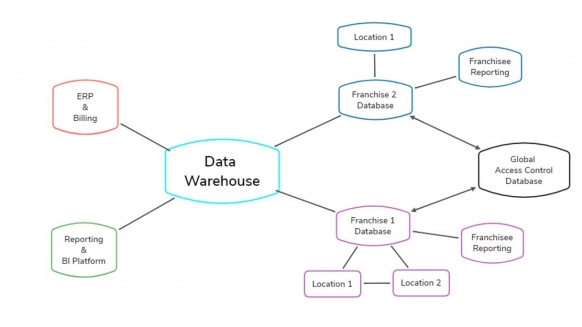

In this new millennia, society is being bombarded by technological and digital revolutions, which are changing the way people think, live and behave. In response, businesses have to work hard to digitally transform themselves in a bid to better understand and serve their consumers' priorities. The changes are numerous and the trends varied.
As a result, business climates and marketplaces are shifting quickly, nothing is permanent and this can turn the foresight of a global fitness brand foggy.
But data is like the faithful lighthouse with which corporate gyms use to navigate their journey through global waters.
Data gives answers, it provides insight and it paints a much-needed picture of the complex state of affairs for a global fitness brand.
In essence, data can bring huge benefits to corporations. But it is neither easy to gather nor handle.
Fitness enterprises usually work with a diverse and often times disconnected maze of management systems which run operations, collect, and store valuable customer data.

Everything from the net profitability of countries to individual club churn, is stored in separate systems. With so many diverse sources, it can mean a mountain of work for global fitness chains just to gain access to, standardize or derive insight from their business’ data.
The absence of a centralized data hub is hugely problematic for the future of a global fitness club as well as for the brand’s business performance.
Firstly, due to the disparate data sources, fitness club headquarters are required to dedicate an inordinate amount of time and money on manually compiling data sets, analyzing information and creating reports. Only then are global fitness chains able to draw conclusions from the data about their business.
Largely inefficient and not to mention time-consuming, these time-heavy processes to handle data are limiting fitness enterprises from reaching their business potential.
In addition, without the correct digital tools, corporations effectively have their hands tied when it comes to identifying key consumer trends and demands. The resulting inability to identify the satisfaction of their members on a global scale heightens a corporation’s member churn risk.
As a result, enterprise fitness clubs need to consolidate their business data and pull it into one centralized hub of information.
With a data warehouse, corporate can gain a moment of truth regarding all their customer-focused services. This includes the delivery of mobile apps, website delivery and member journeys.
Powerful and modern club management systems are now rising to the challenge by elevating their own software. Many software providers, such as PerfectGym, are designing data warehouses to help fitness clubs better understand their business performance and customer insights.
The two main areas of data which global brands need to evaluate side-by-side are market-dependent performance metrics and global-dependent performance metrics.
Market-Dependent Metrics vs Global-Dependent Metrics
Market-level metrics refer to a set of club data which are influenced by the rules and regulations of that club’s country/ or market.

For example, when measuring an enterprise brand’s net profitability, using a standard currency unit to showcase this will give an incorrect answer to what a club’s net profitability is.
As net profit is determined by taking away revenue from costs, no monetary value can be assigned to measure this value without giving misguided insight, due to currency and market disparities in each country.
For example, a chain in London will have significantly higher rental costs, and due to the competitive budget membership prices in the UK, that gym may only be making 25% net profit from their original costs.
However, a club in Poland may have lower rental costs, and due to the growing gym market in the country, that club may generate more revenue and have a net profitability of 60%.
Although, if an enterprise looks at their net profitability in terms of a standardized monetary value, such as Euro, then the club in London may be depicted as performing better, simply because GBP is stronger than Zlote when converted into Euros.
Such a conclusion, however, wouldn’t be true, leading to inaccurate perceptions regarding the overall profitability of a fitness brand. Market-level metrics cannot be standardized easily, and doing so can lead to fundamental reporting errors.

Global metrics, on the other hand, are designed to provide a standardized way of tracking a few key measures of progress towards an enterprise’s strategic goal. This includes metrics which are not heavily influenced by market fluctuance, such as Net Promoter Score, as the unit of measurement (1-10) is the same regardless of the country.
In addition, metrics like churn, retention and acquisition rate are essential for understanding global trends for a fitness corporation vs a market issue. With these figures, fitness enterprises can identify key customer behaviors and react accordingly ahead of time.
Analyzing global metrics will produce the best results when considered in the context of market-level metrics. Both sets of data are needed to provide true and detailed insight into fitness franchise workings.
By collecting both market and global data sets and comparing them, teams can realize whether anomalies or drops in numbers are simply country-specific, suggesting the problem may lie in external factors, or a global standard, which could imply a problem is brand-related.
However, there is currently no one software which allows fitness corporations to gather, analyze and sort their global and market data. Instead, corporations have to engage in labor-intensive and complex data handling process which involves managing many software, a lot of time and a big headache just to be able to cross-reference and derive insight from their business’ performance.

The Solution: Data Warehousing
In order to create a system from which enterprises can pull and compile all of their market and global figures, a data warehouse is needed.
For fitness chains, a data warehouse acts as a portal which pulls together data from many different club systems ready for the reporting and analysis needs of corporate.
Custom reports can be created within a data warehouse which can then be used to make fundamental business decisions. Because data warehouses merge data sets into one infinite database, data handlers can then cross-reference and pair together new metrics to derive original and interesting conclusions about a business which were unable to be proven before.
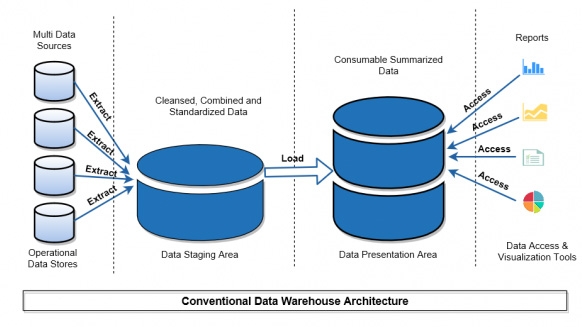
While used within corporations in many other sectors before, data warehousing is still a fairly new concept within the fitness industry.
Currently, there is a lack of fitness management software on the market which serves the need to centralize big data for global fitness chains. However, there are some unique SaaS companies, such as PerfectGym, who are developing their software with the needs of their enterprise customers in mind.
Modern club management platforms can heighten their offer to not only automate and run ground operations but also provide tools which allow enterprise headquarters to gain a bird's-eye view of their business affairs.
In addition to building a cache of central data, club management systems can also offer an extensive array of digital tools, with which an enterprise can manipulate, sort and view their metrics from across the board in new ways.
This opens a prime window of opportunity to learn from data with the use of advanced digital tools, such as:
- Real-time reporting
- Secure logins
- Clear data visualization
- Customizable dashboard
- Roll-up reporting
- Business intelligence
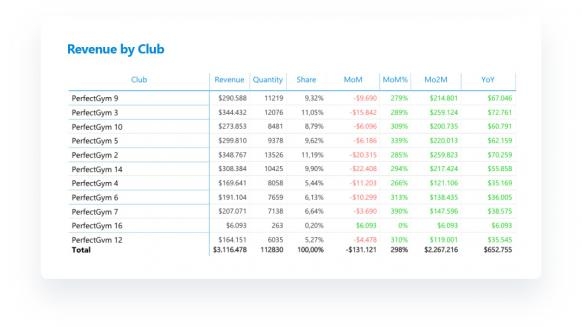
With these tools, the benefits of creating a custom data warehouse can breathe a new lease of life into the business performance of global fitness clubs.
Through aggregating previously independent data, such as global and market-specific metrics, into a universally accessible database, fitness corporations will be in a position to delve deeper into client data and decode what matters most to their members.
Such member insight is essential in today’s consumer-driven economy. The significant rise in gym membership purchases can be traced back to the enhanced knowledge customers now hold about their bodies and health, leading them to be more proactive in terms of wellness and self-care.
To truly resonate with enterprise fitness members, a customer-centric mindset is first required of executive managers in order for the sentiment to spread throughout the business.
This is why data warehouse acuity is so important, as data truths can switch mindsets. With a customer-centric approach backed by analytics, fitness corporations can build strategies, shape customer journeys and launch products which coincide with their members’ wellness desires.
Achieving a zoomed out focus on international data can also aid enterprises in encouraging their fitness franchises to deliver relevant experiences as well as help corporate gain clarity on market and brand perception in general.
Also, with a better-informed headquarters, club managers in charge of running franchises can receive more resources and direction from corporate to enhance the business aspects of their gyms.
As data warehousing allows global fitness brands to consolidate many different data sets as well as cross-reference and generate custom reports, headquarters can investigate and find the clear answers through this wealth of information to improve their performance.
With the doors verifiably blown open on their member data and with new data analysis tools at the ready, enterprise fitness chains can not only identify problems throughout their operations, but they can also gain the insight needed to consider the cause of the problems.

For example, data warehousing can pinpoint if a problem is related to that specific market or whether it is a global pattern. Knowing the difference can heavily influence the final solution.
This distinction between market and global problem diagnosis is a powerful bit of knowledge enterprise fitness clubs previously couldn’t access.
The use of a flexible data warehouse gives corporation greater insights, and this allows them to architect tailored solutions for their problems. These solutions can then be realized and implemented much faster than before, which not only saves on manual work, time and costs, but it also fortifies a global business from risk. Fitness headquarters will be able to mirror and doge fitness market trends and fluctuations through the foresight granted to them with their data warehouse.
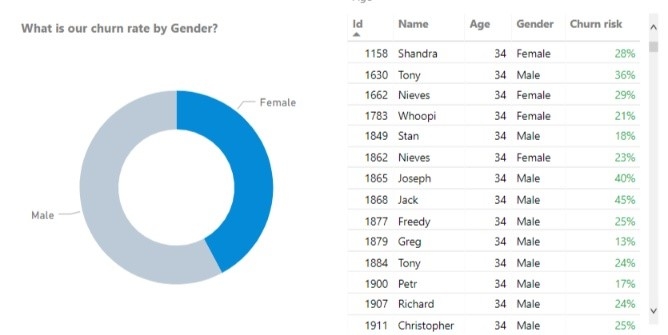
Without data warehouses, guesswork would have to suffice to an extent when drawing conclusions from the non-standardized numbers.
As a consequence, fitness corporations, having poured time and money into their data analysis, would still only be able to present their best interpretation of what their data means. No guarantees could be given, because of which full stakeholder confidence and support behind the direction of future business growth diminishes.
As a whole, enterprises suffer when there is a vacuum of confidence in a business’ strategy. This can have a knock-on effect on the morale of employees and their productivity.
However, with solutions and fitness strategies derived from a full examination of cross-territorial data, enterprises will be in a better position to prove their reasoning to their corporate board and therefore unite them behind their business plans. This can lead to better strategies which are more likely to succeed, and this, therefore, gives a brand an added competitive advantage.

At the core of all the data warehouse benefits of lies the enhanced member experience.
With the foresight granted by employing one standardized informational hub, fitness brands are placed in a better position to predict consumer trends and react accordingly to deliver the best, most unique, experiences for their members.
Conclusion
In conclusion, to conquer and prevail in the fitness market in the future, global fitness chains will need to reduce their software stacks into a single, accessible data hub. With this simplification, corporations will be able to develop a clear overview of their business performance.
Using one modern club management platform to build a data warehouse can revolutionize a fitness enterprise. Though it is still rare in the industry, a growing number of modern fitness software solutions, such as PerfectGym, offer digital tools to not only manage clubs but also house corporate-level data hubs which allow reporting, mining, and analysis of current and historical member data.
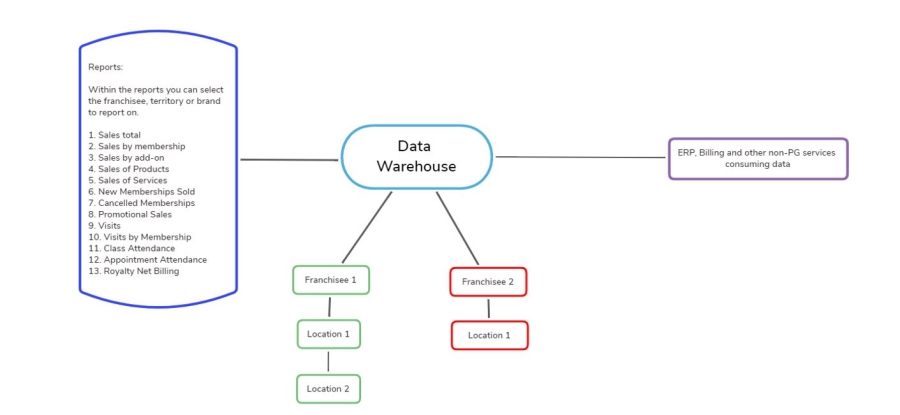
Such digital transformation can directly impact the performance of top fitness brands.
As a result, fitness enterprises can significantly reduce the number of software stacks they manage as well as improve their own reporting standards and shrink lengthy data handling processes. The opportunity to optimize enterprise growth begins with the data and ends with data.
But right now, data-driven mindsets are not prevalent among top fitness clubs. Therefore, enterprise gyms can gain a strong competitive edge over other brands with the time and cost saved and the investment opportunities gained, thanks to a centralized data warehouse.
Added efficiency makes for quicker team processes, higher morale and therefore quicker and more actionable leadership decisions.
Consolidated data which allows drilled down figure insights as well as a clear overview of a global fitness chain, is the essential element for informing successful business strategies in the future of fitness.